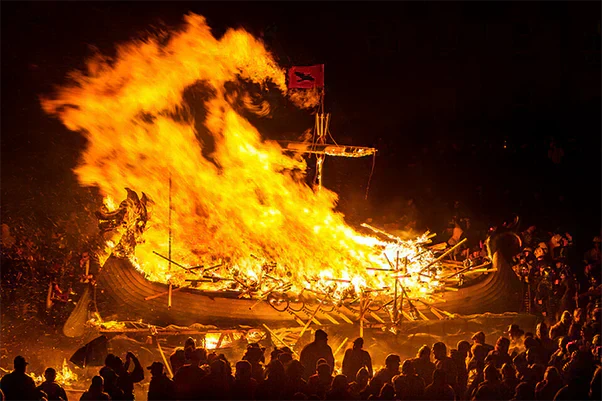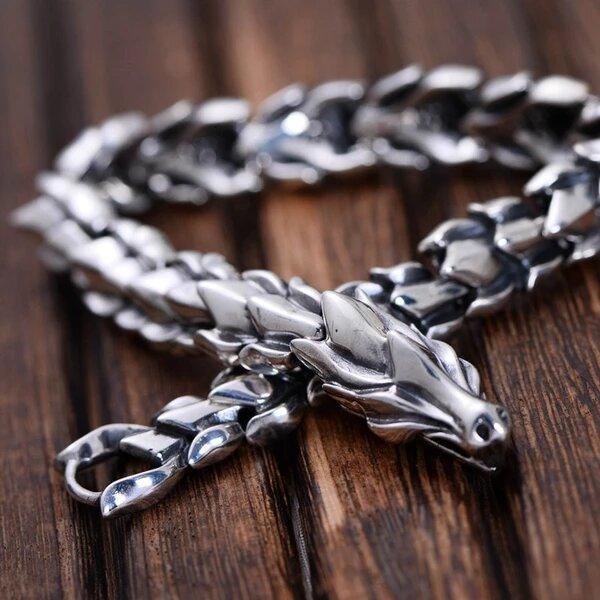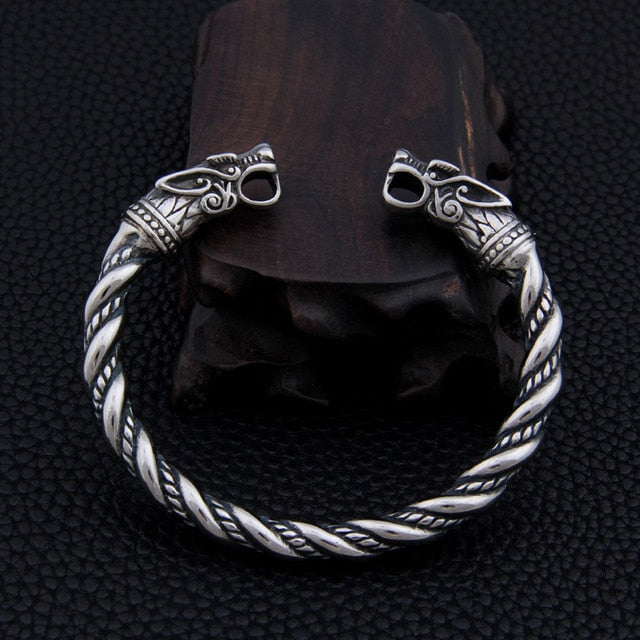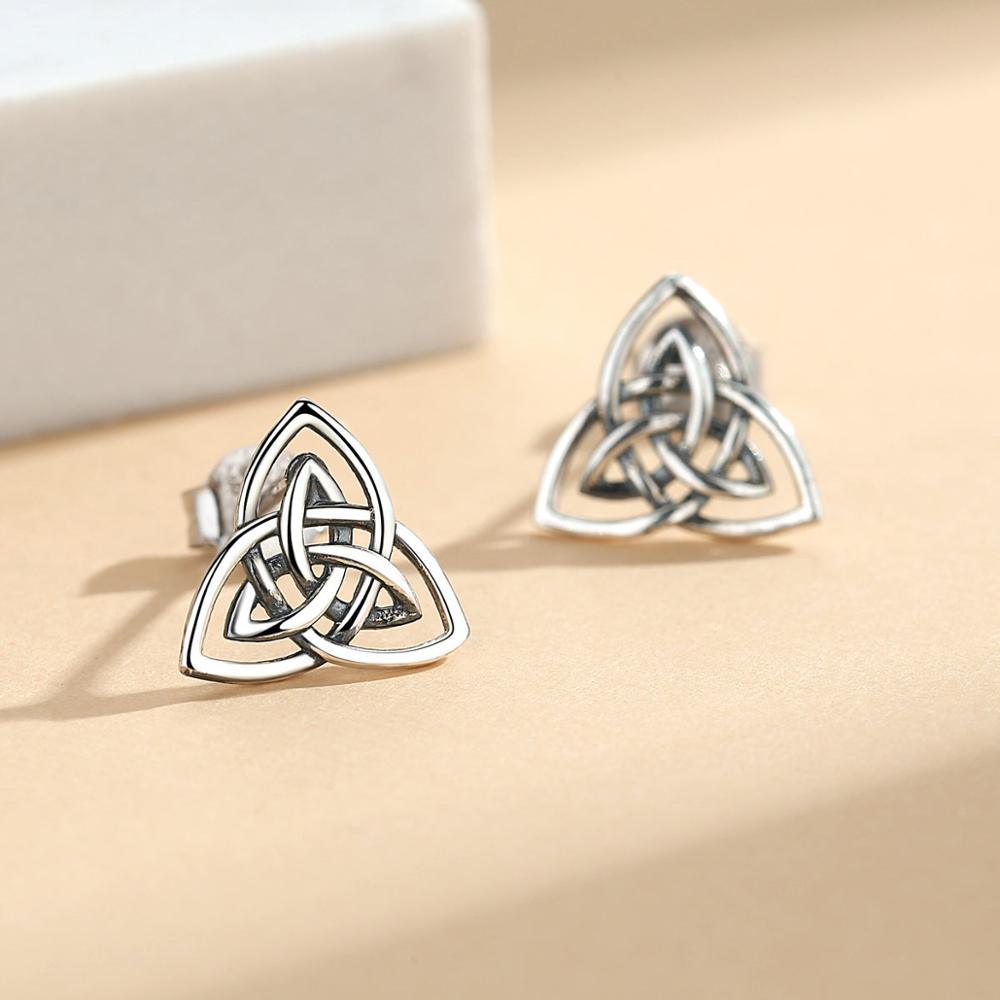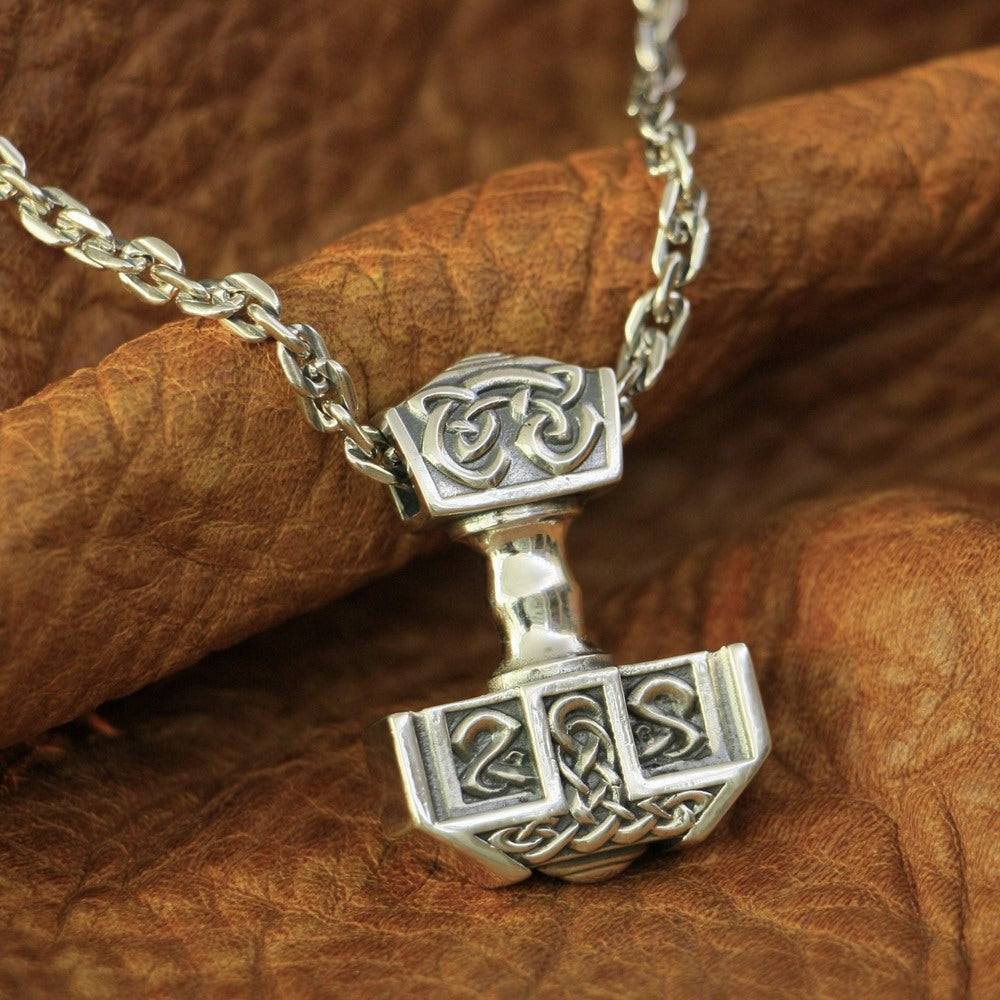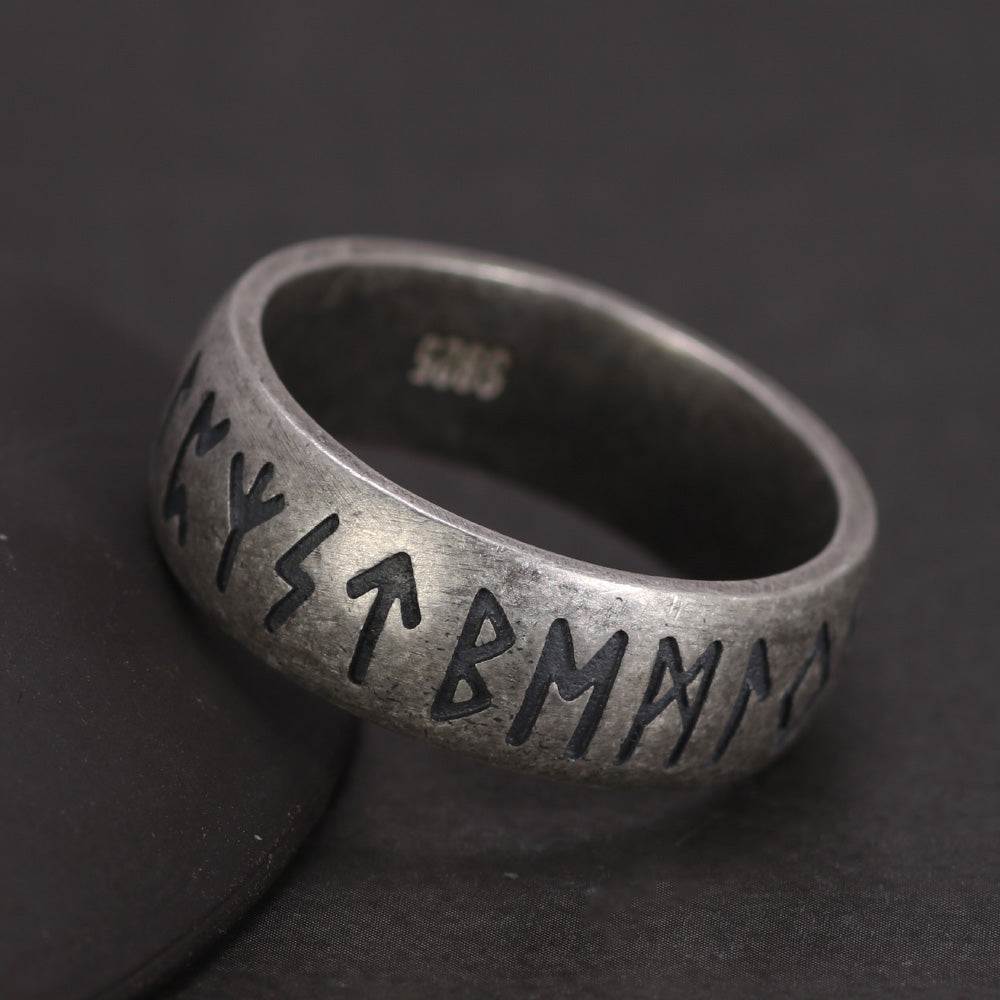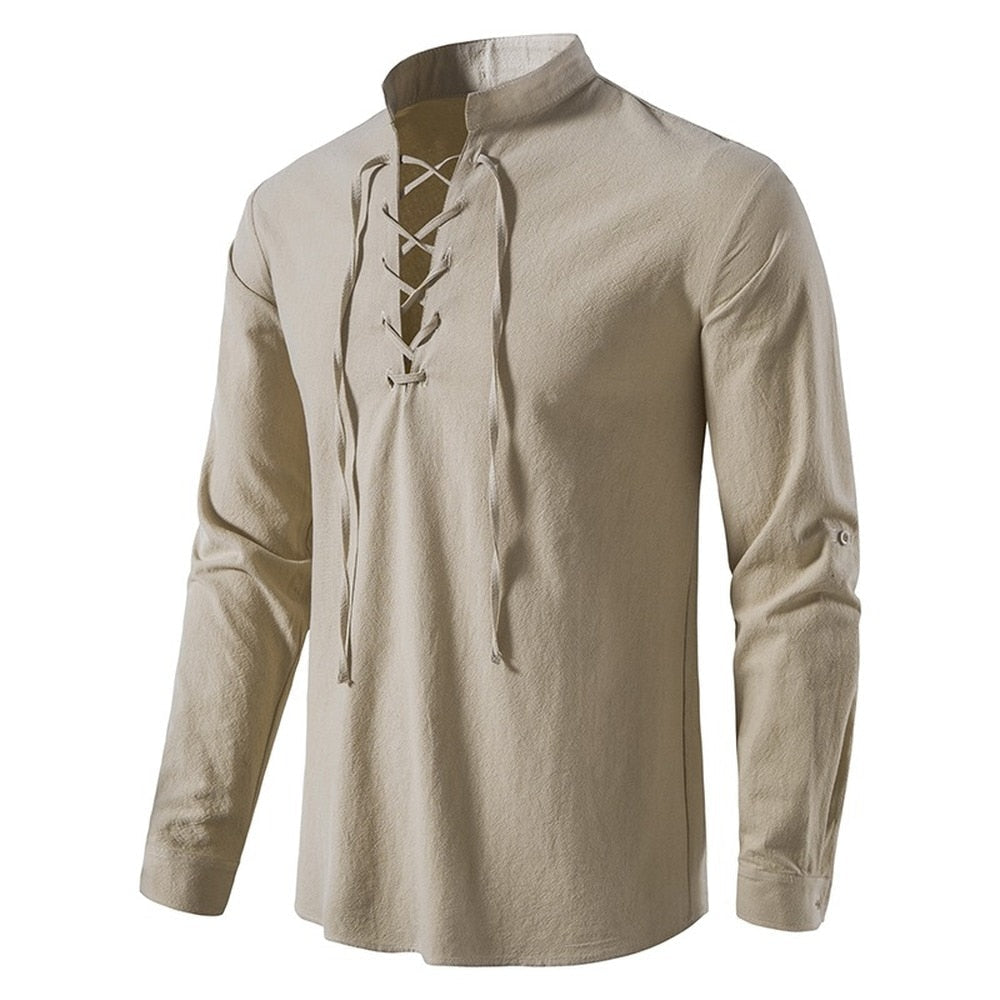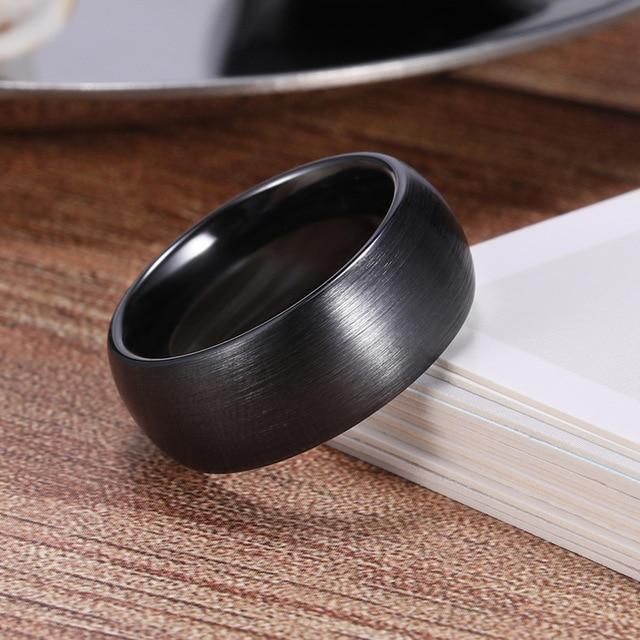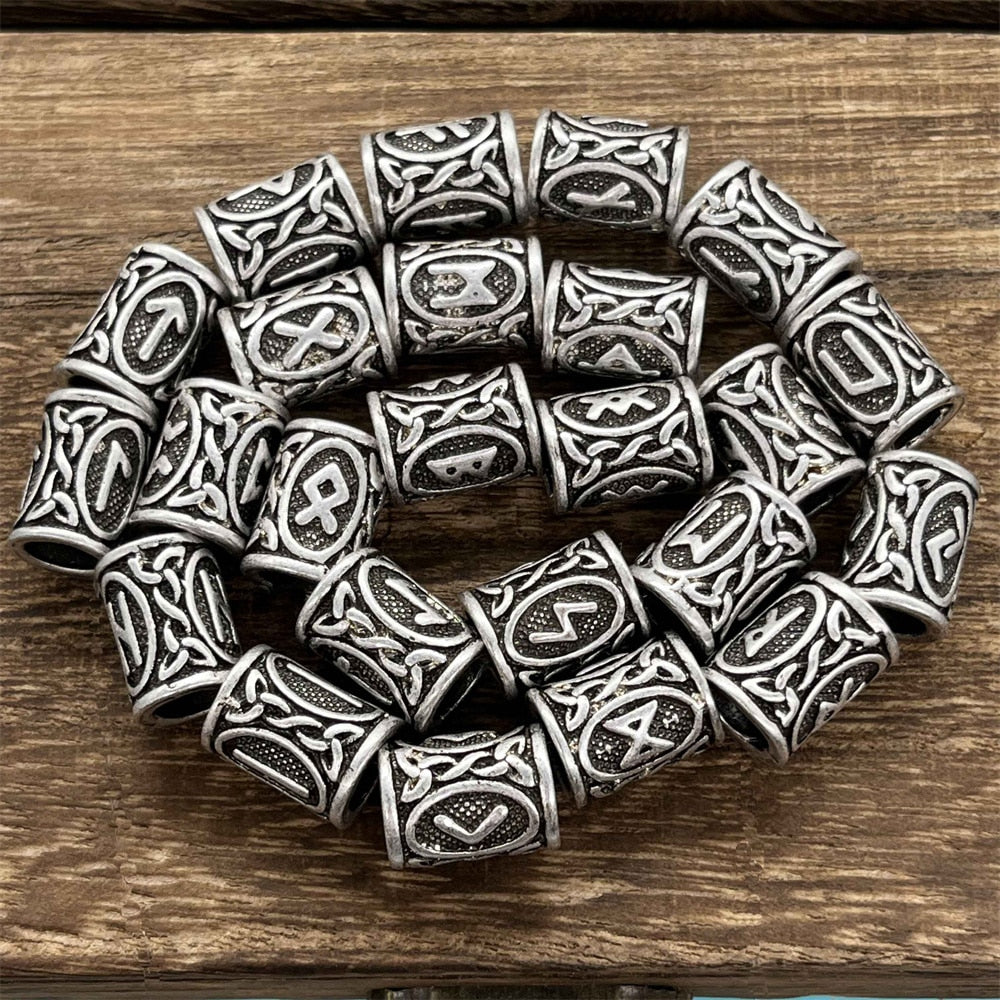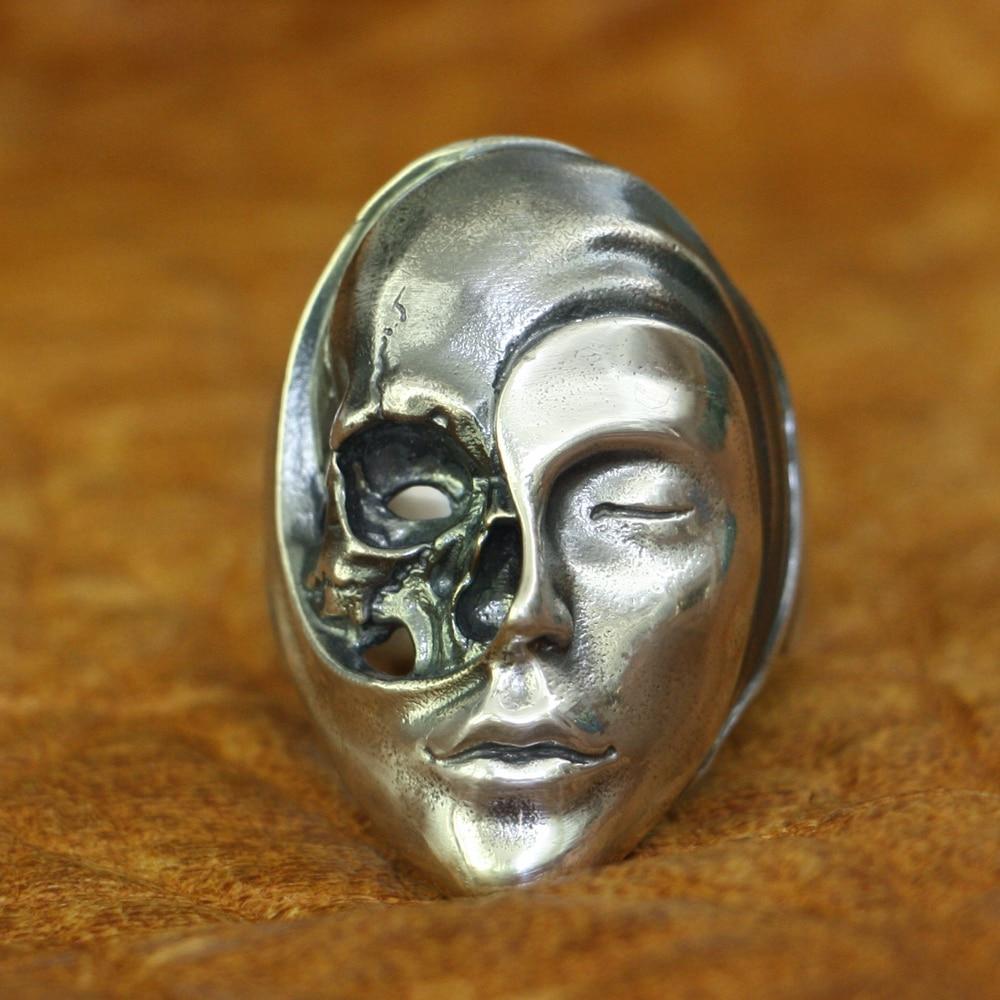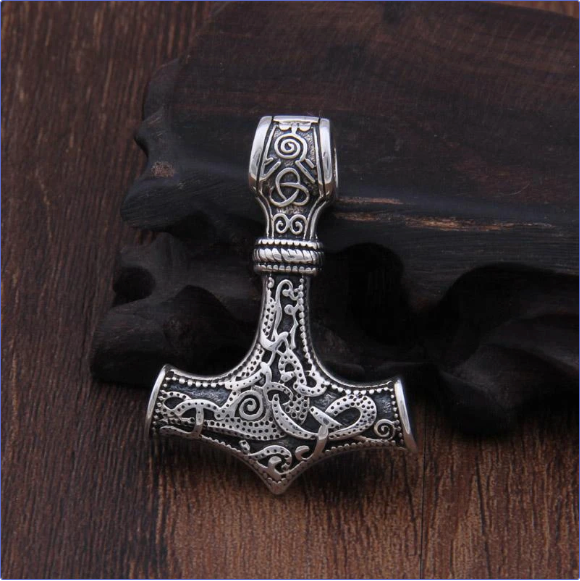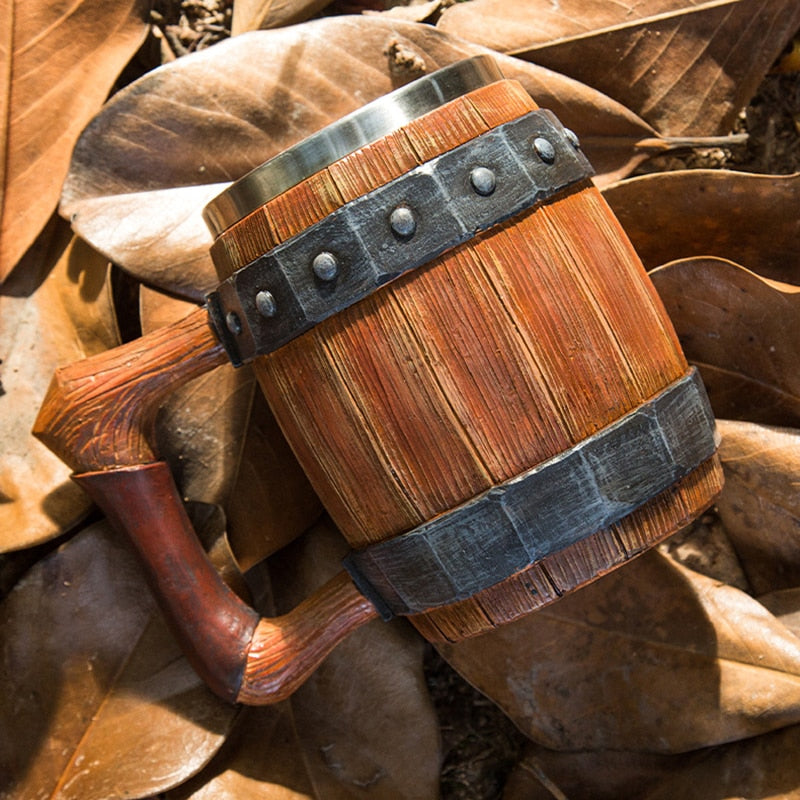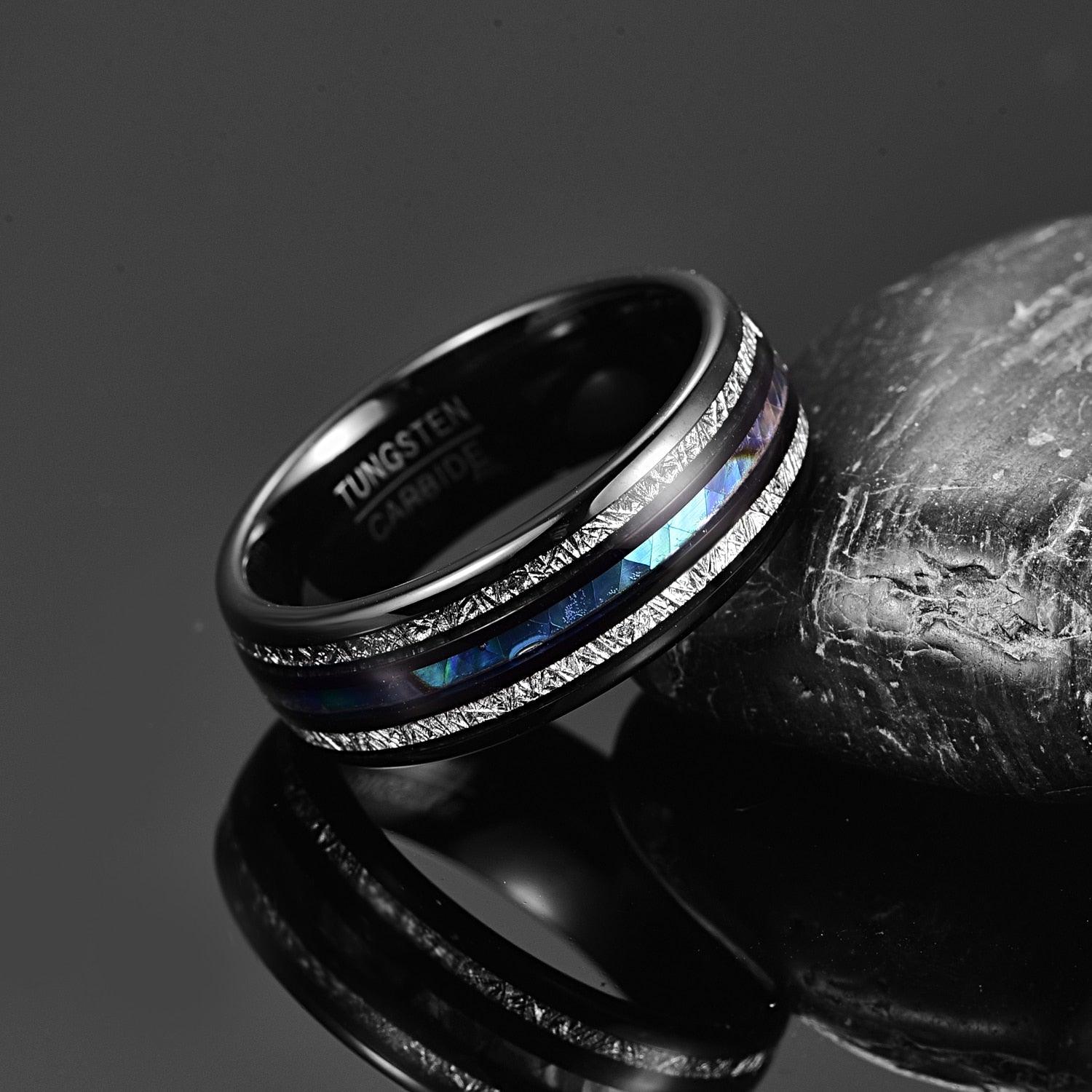The Norse peoples’ rituals to honor the dead offer a unique window into the spiritual and societal fabric of life in the North during the Viking Age. Norse burial practices were not uniform, varying across time and geography, influenced by regional customs, status, and religious beliefs, from burial mounds to the iconic flaming ship.

Ship Burials: Voyages to the Afterlife
One of the most iconic Viking burial customs was the ship burial, where the deceased was placed in a boat or a ship, often accompanied by grave goods, animals, and even human sacrifices. The ship, either buried in the ground or set aflame at sea, symbolized the voyage to the afterlife.
Ship burials were reserved for individuals of high status such as kings, chieftains, high ranking warriors or wealthy merchants. The ship represented not only the dead’s means of transport to the next world but also their social standing and wealth. These burials included lavish items such as weapons, jewelry, tools, and sometimes slaves or concubines sacrificed to accompany the deceased. The inclusion of such items was meant to equip the dead for the journey and to reflect their status in life.

The Oseberg ship burial, discovered in Norway in 1904, is one of the most famous examples. Dating to around 834 CE, it contained the remains of two women—possibly of noble birth—along with richly decorated wagons, textiles, animal bones, and everyday items. This burial site is emblematic of how Vikings commemorated the elite, blending practicality with ceremonial grandeur.
The symbolism of the ship extended beyond the vessel itself. In Norse religion, ships often played roles in cosmic journeys and apocalyptic tales. For example, the God Freyr’s ship Skíðblaðnir, which has the ability to fold itself and to fit in a pocket when not in use.
Cremation: Fire and Transformation
Cremation was another prominent Norse burial practice, especially during the earlier phases of the Viking Age. This ritual was deeply spiritual, symbolizing the transformation of the body and the release of the soul. Fire was a purifying agent, believed to transport the spirit to the realm of the dead, be it Valhalla, Helheim or many others, depending on the individual’s life and cause of death (read more about the Death and Afterlife in Norse Paganism here).
Cremations could be performed on open-air pyres or within burial mounds. Sometimes the ashes were placed in urns and buried; other times they were scattered or placed in stone settings shaped like ships—again invoking the voyage motif. The act of cremation was often accompanied by elaborate rituals, including feasting, sacrifices, and chants.

Accounts from Arab traveler Ahmad ibn Fadlan, who witnessed a Viking funeral along the Volga River in the 10th century, provide vivid details. He described how a slave girl volunteered to accompany her master in death, was ritually intoxicated, and then sacrificed during a cremation on a ship. While his account is likely colored by cultural bias and possible exaggeration, it underscores the ceremonial nature and the potential for violence in some Norse funerals (read "The Viking Funeral" here).

Burial Mounds and Grave Goods
Aside from ships and cremation, burial in mounds or stone settings was also common. These mounds were often prominent landscape features, reflecting the social importance of the buried individual. Some graves were simple, while others contained rich assortments of grave goods, similar to those found in ship burials.
Grave goods played a central role in Viking burials. Items ranged from weapons and armor for warriors to tools, cooking pots, and jewelry for others. The choice of items was deliberate, meant to aid the deceased in the afterlife and to signify their earthly roles and achievements. Women's graves often included domestic items and textiles, emphasizing their roles in society and perhaps their expected contributions in the next world.
Interestingly, grave goods also serve as important archaeological clues about Viking trade, craft, and daily life. Imported items like beads from the Middle East or silk from Byzantium reveal the vast trade networks in which Vikings participated (read more about Viking Traders here).

Transition to Christianity and Changing Burial Customs
By the 10th and 11th centuries, as Christianity spread through Scandinavia, burial practices began to change significantly. Burial customs became more standardized, with graves oriented east-west, without grave goods, and often near churches.
However, the transition wasn’t abrupt. For a time, hybrid practices emerged, combining Pagan and Christian elements. Some graves from this transitional period show Christian symbols like crosses alongside traditional Viking grave goods, suggesting a period of syncretism and cultural negotiation.

Norse burial practices reveal much about their society, values, and beliefs. Their funerals were not merely ends but transformative events that ensured the dead entered the afterlife equipped and honored.
These practices also highlight the central role of status, mythology, and evolving religious influences. As the Vikings traversed new lands, so too did their spiritual beliefs, reflected in the changing ways they honored their dead. Today, their burial sites remain powerful testaments to a complex and dynamic culture.
Bibliographical References
Graham-Campbell, James. The Viking World. Frances Lincoln Ltd, 2013. ISBN: 9780711234682
Price, Neil. The Viking Way: Magic and Mind in Late Iron Age Scandinavia. Oxbow Books, 2019. ISBN: 9781789259199
Williams, Gareth. Vikings: Life and Legend. The British Museum Press, 2014. ISBN: 9780714128254
